In the latest episode, we discuss the art and science of forecasting with Professor Paul Goodwin. Here are my 3 key takeaways for any professional involved in helping their clients make good choices about the future:
Have a very clear idea of the purpose of your forecast/scenario analysis and who it is designed to inform. Gear your communication to what will make sense to the end user - simpler can be better.
Acknowledge and help clients understand and estimate uncertainty. Most people prefer to deal with point forecasts, i.e. a single outcome. Educating people on how to think about and cope with uncertainty helps them make better decisions.
When seeking collective wisdom about the future, recognise how tendencies such as conformity can blunt the wisdom of the crowd. Think about how you might get to a better answer with approaches like the Delphi Technique.
Here’s what else we covered:
Scenario analysis – what it is and how can we make it work well?
The Devil’s Advocate – it’s a good idea in theory - how can we make it work in practice?
Group vs individual decision-making – when is one likely to outperform the other?
Incentives and behaviour - forecasters and decision-makers
The Delphi Technique – how to avoid conformity and get truly independent viewpoints.
Superforecasters – how and why non-experts can sometimes outperform professionals and what is actually needed to make this happen.
